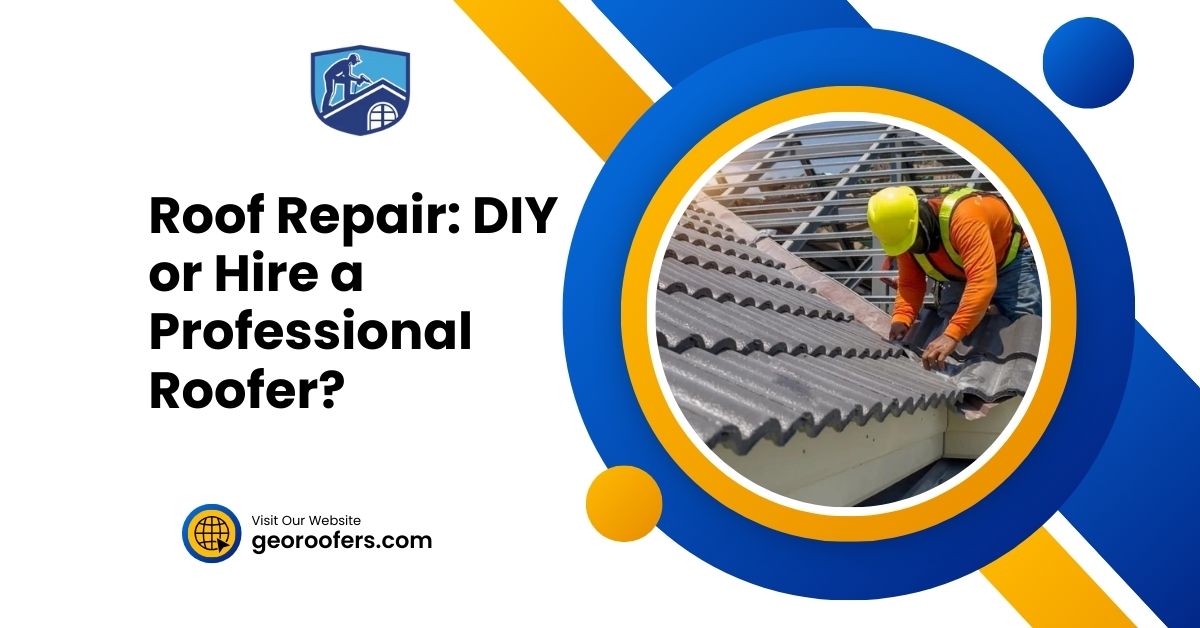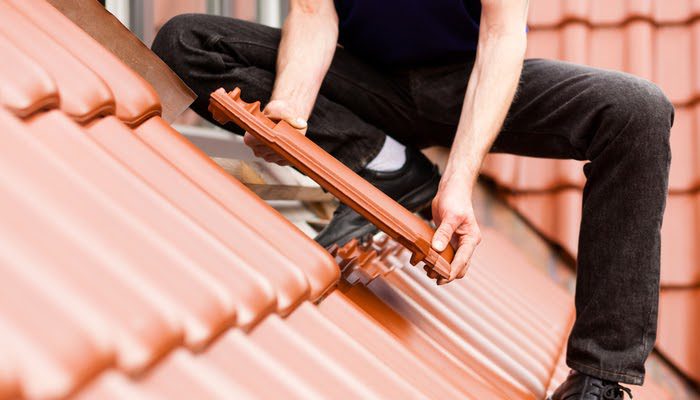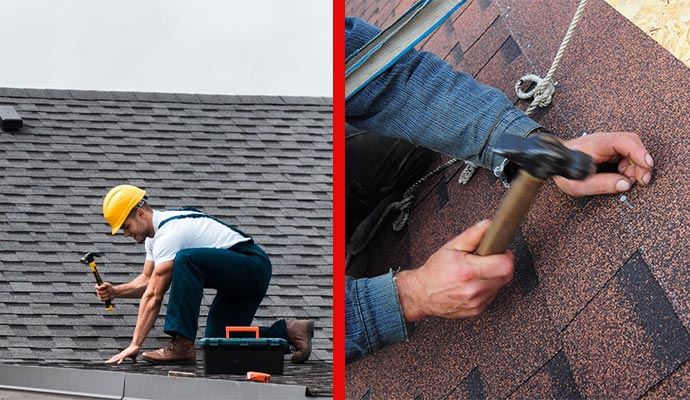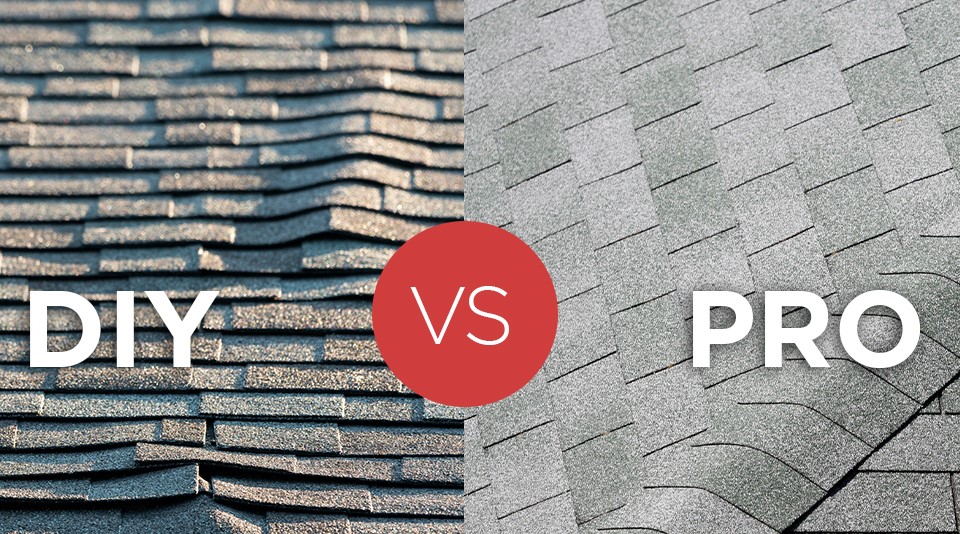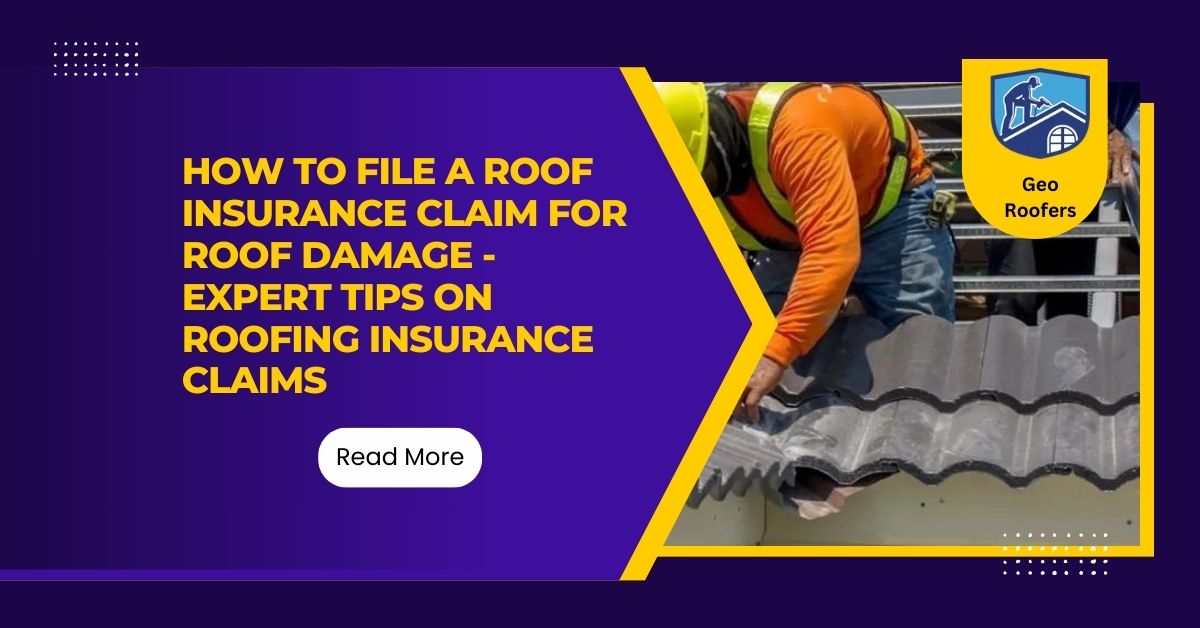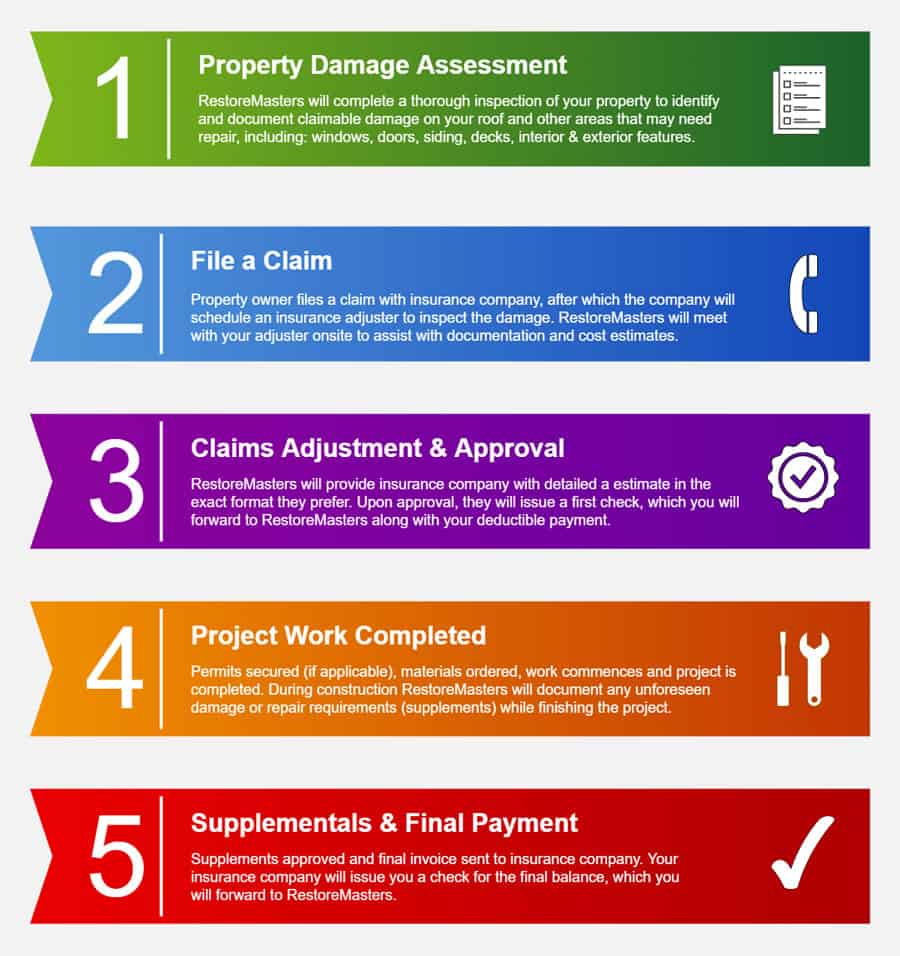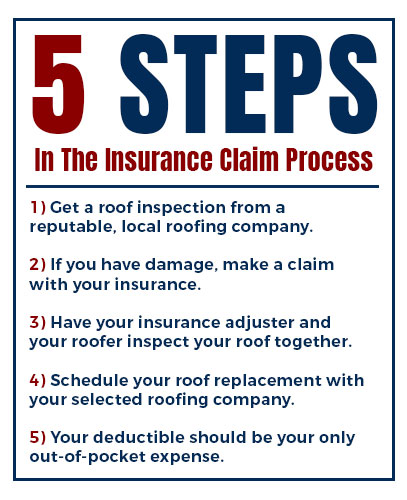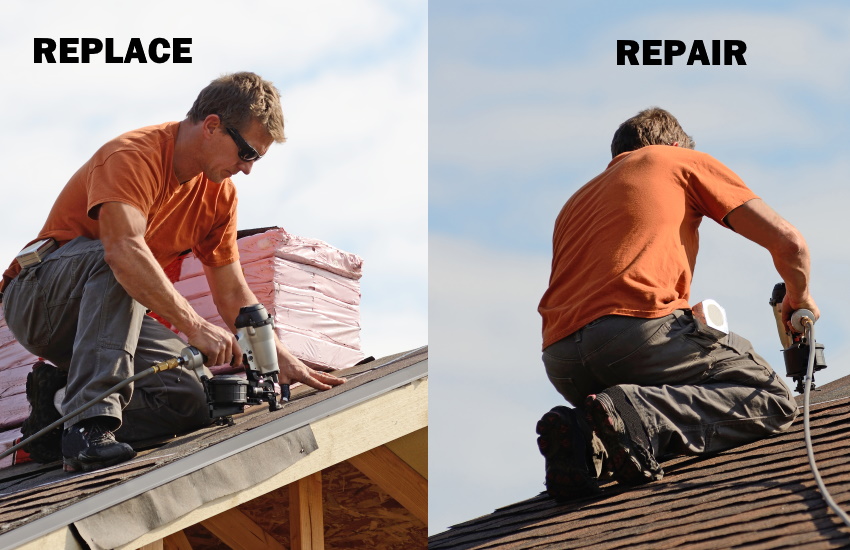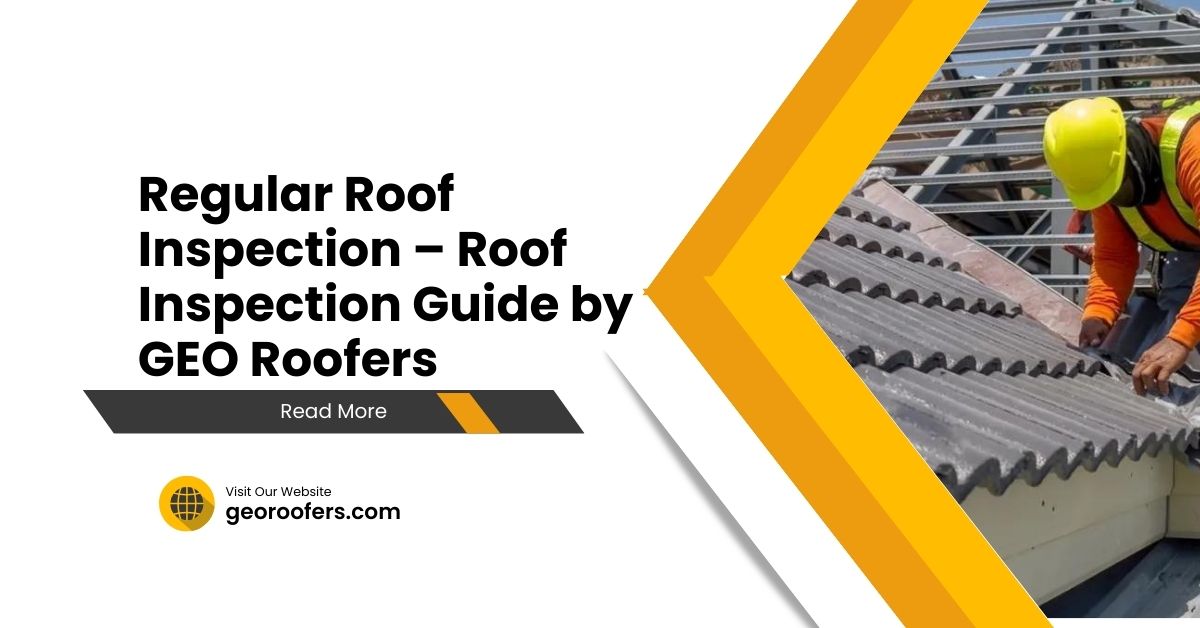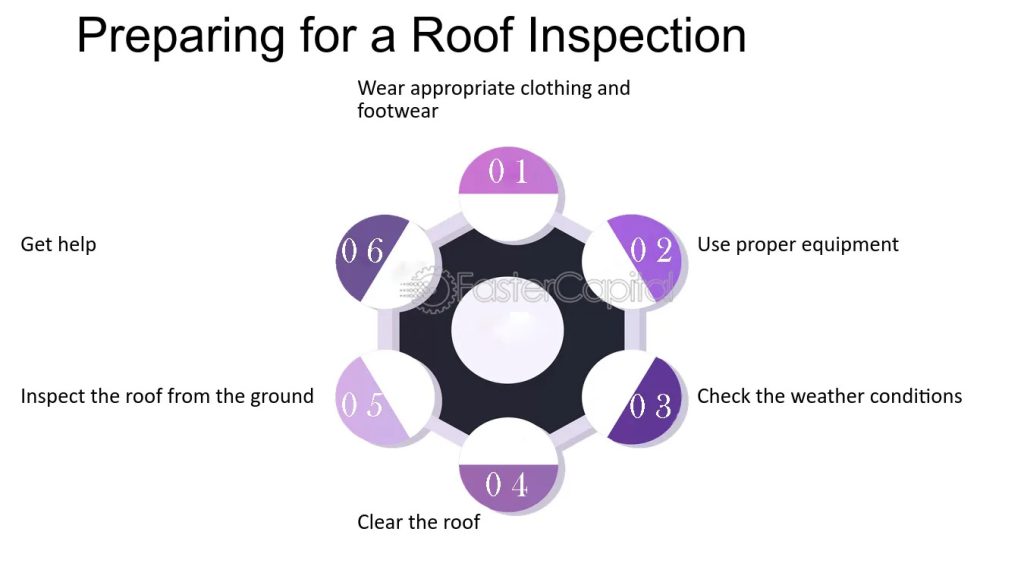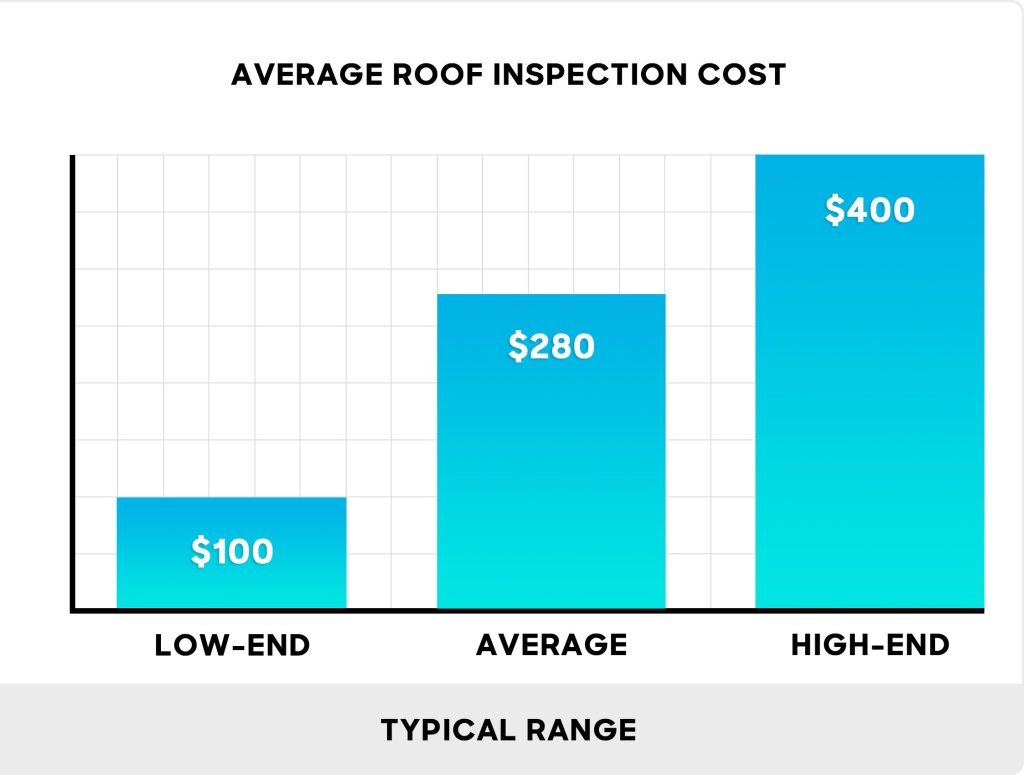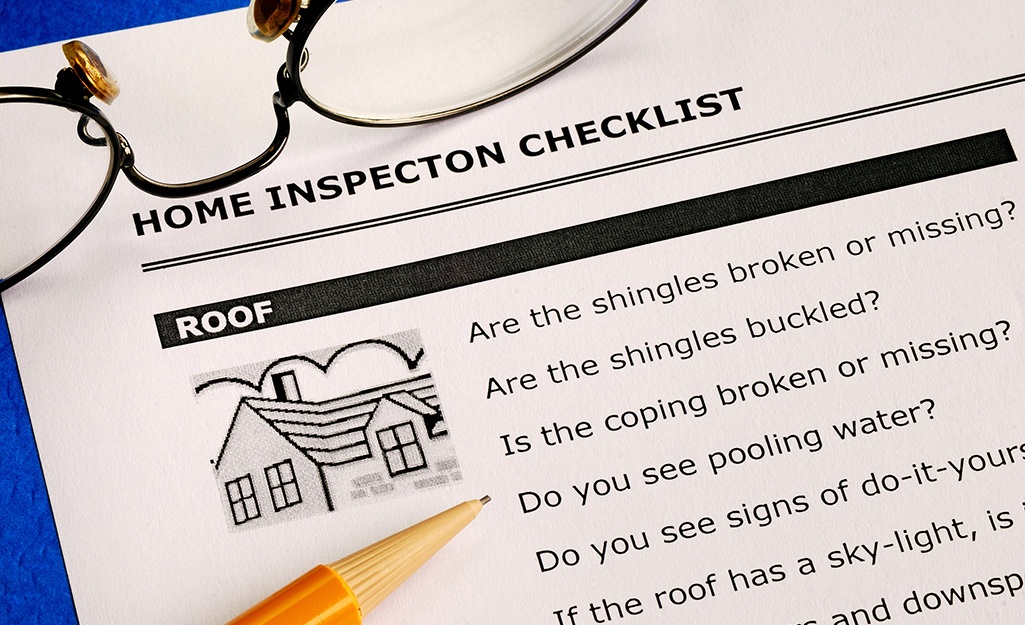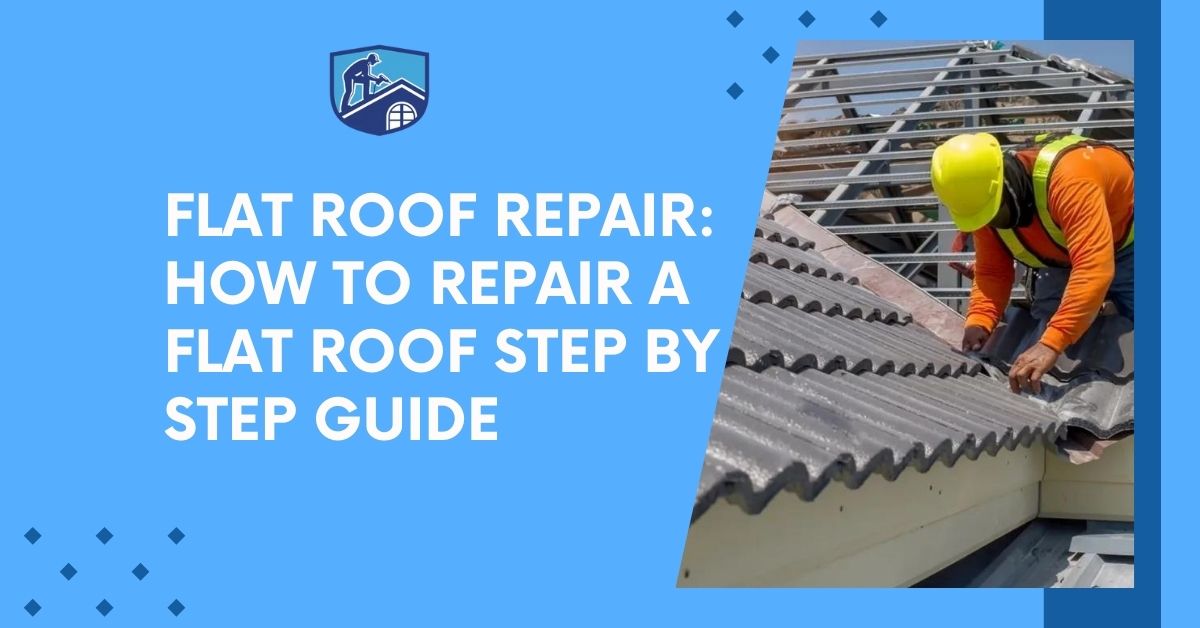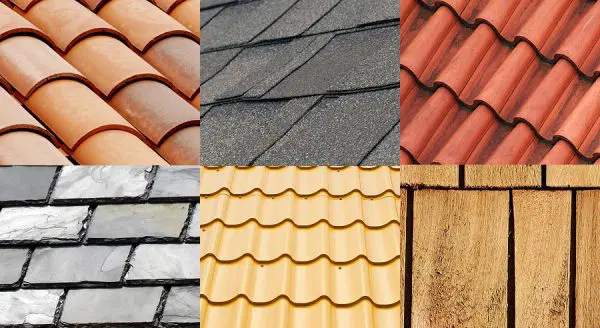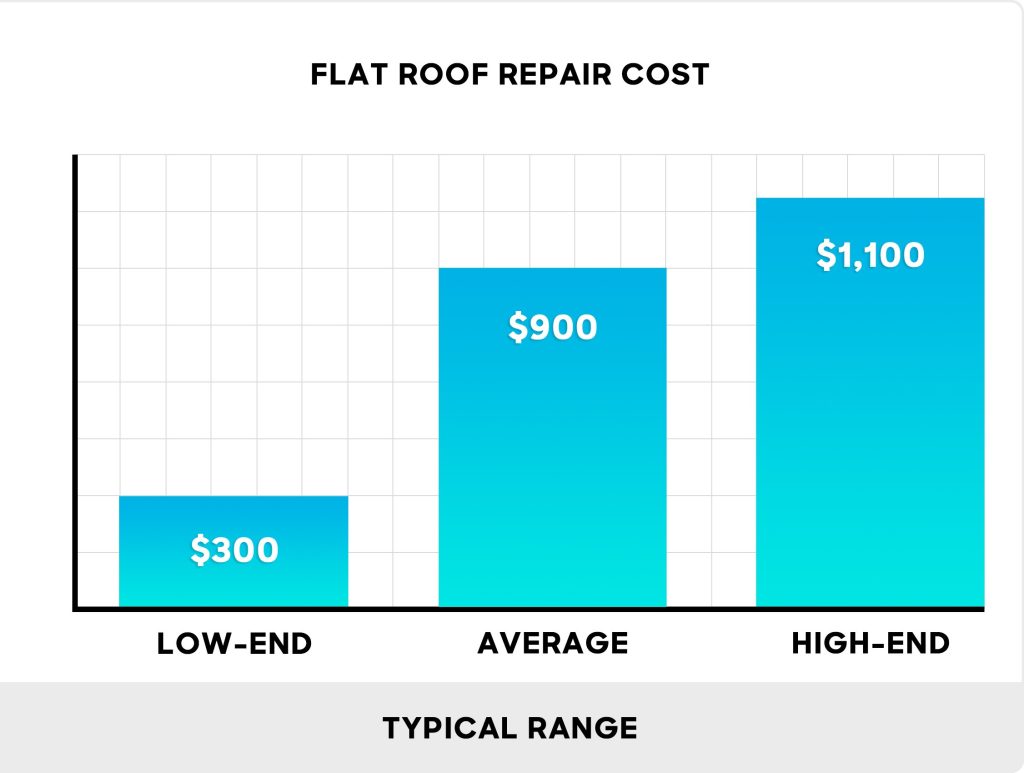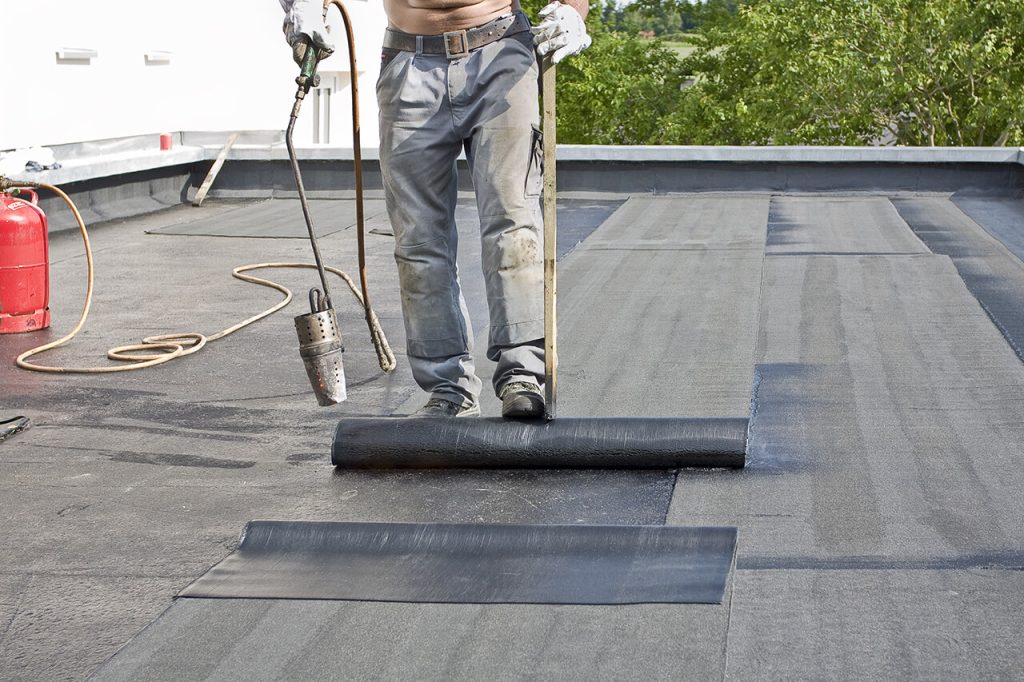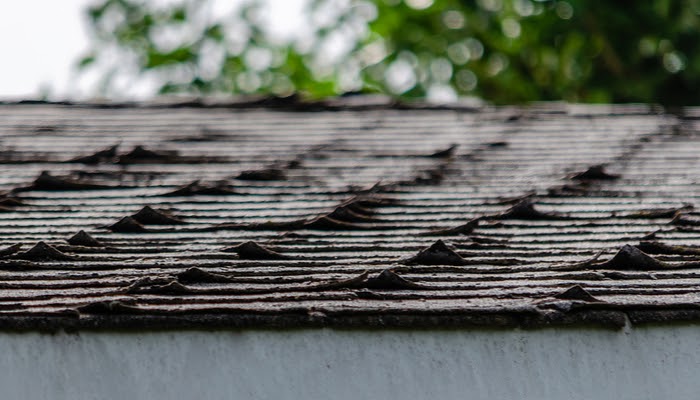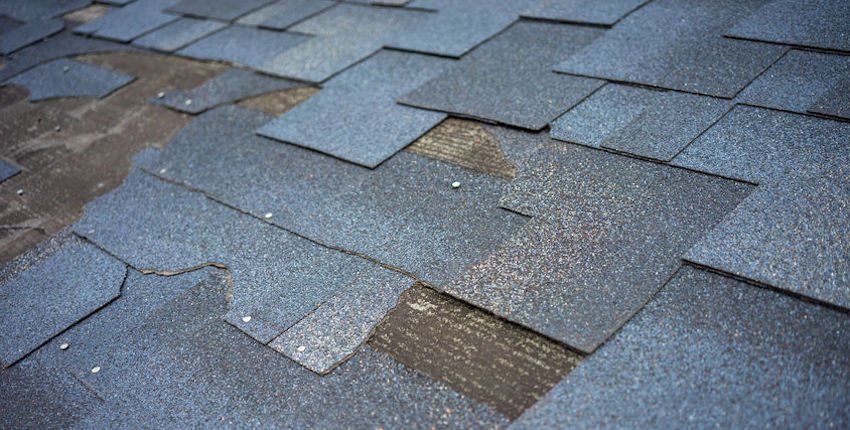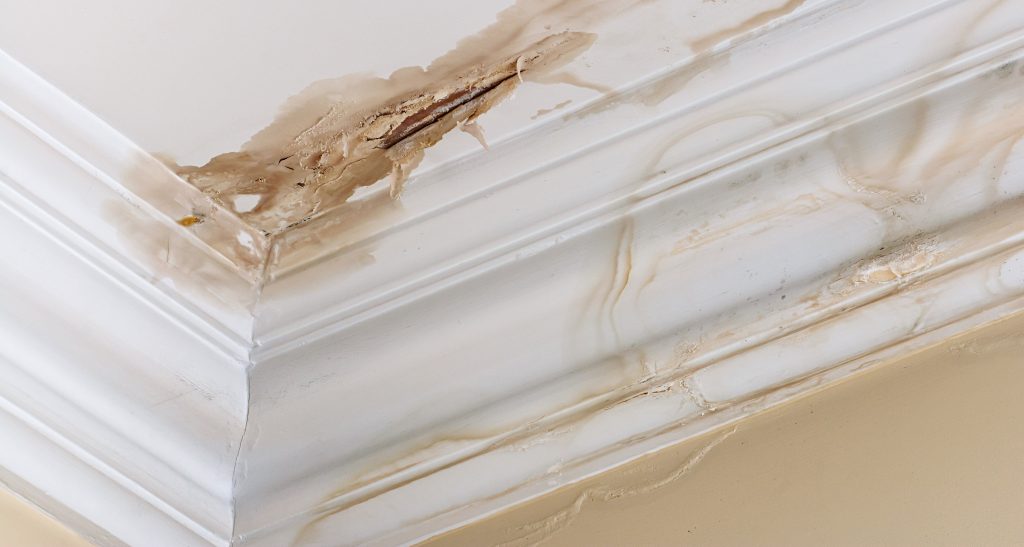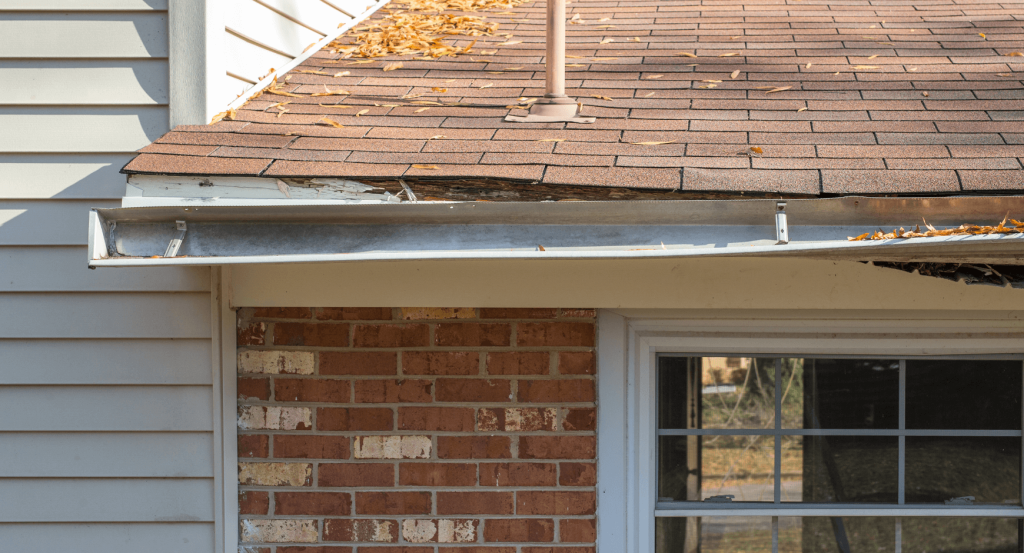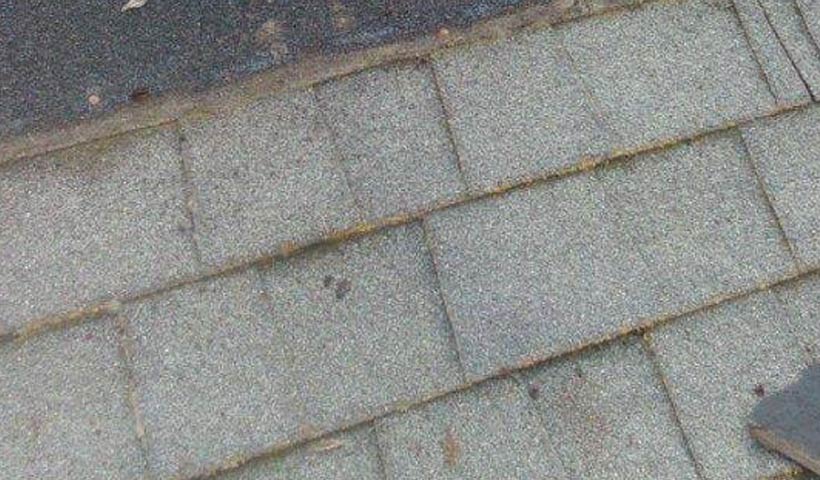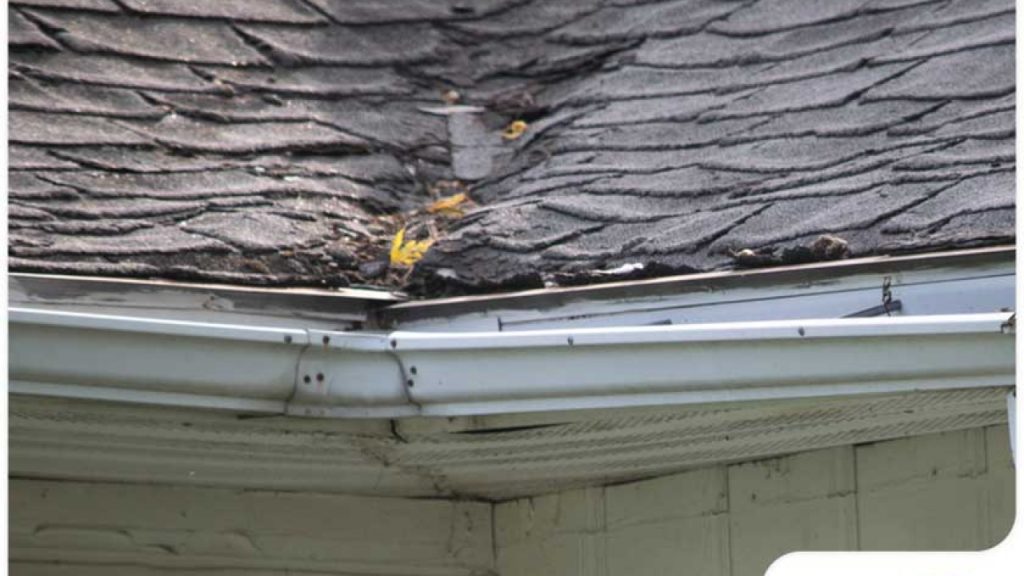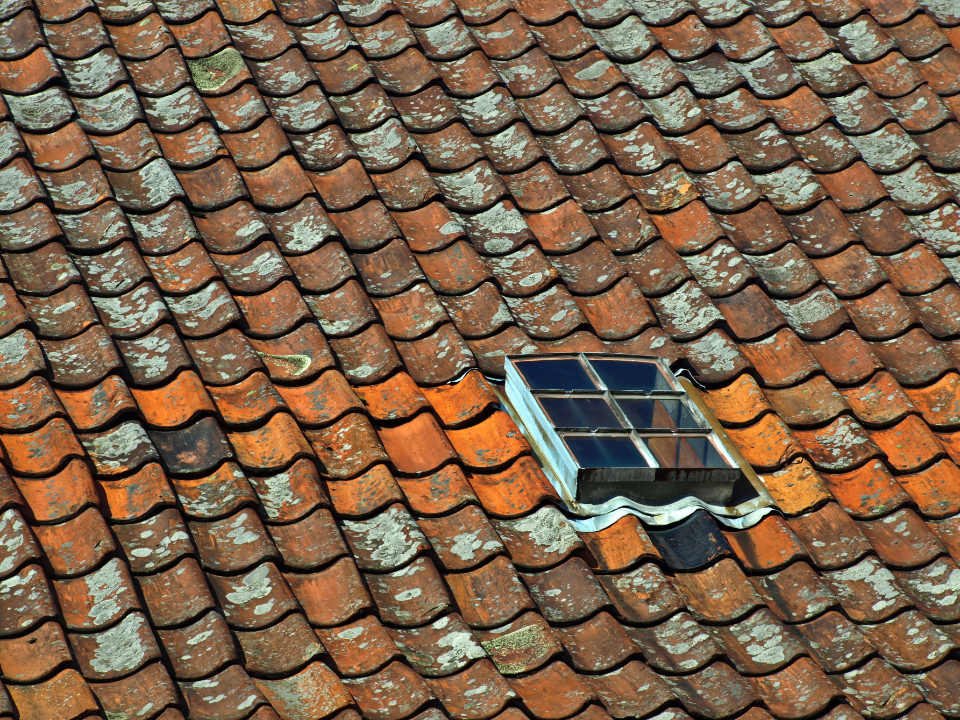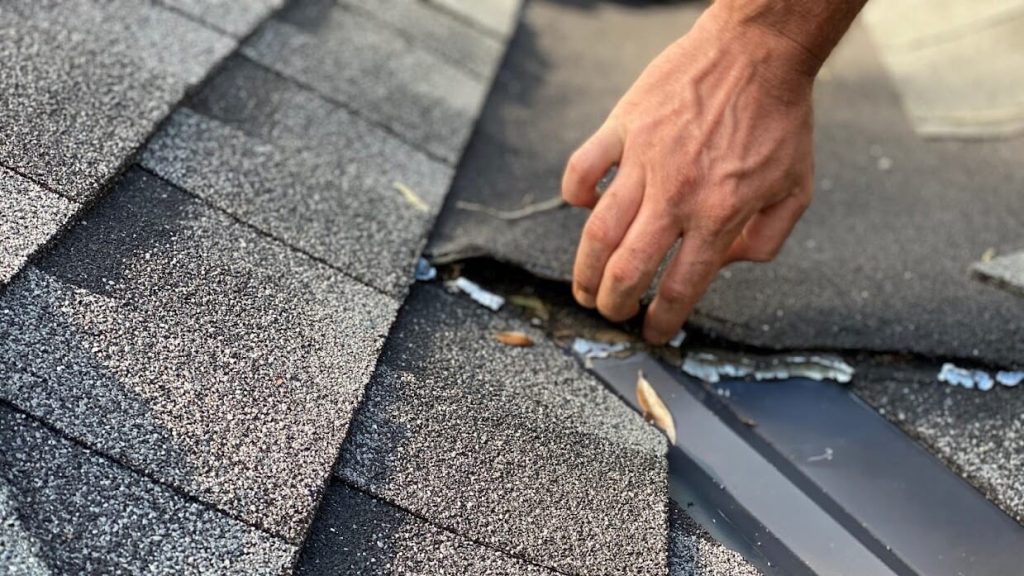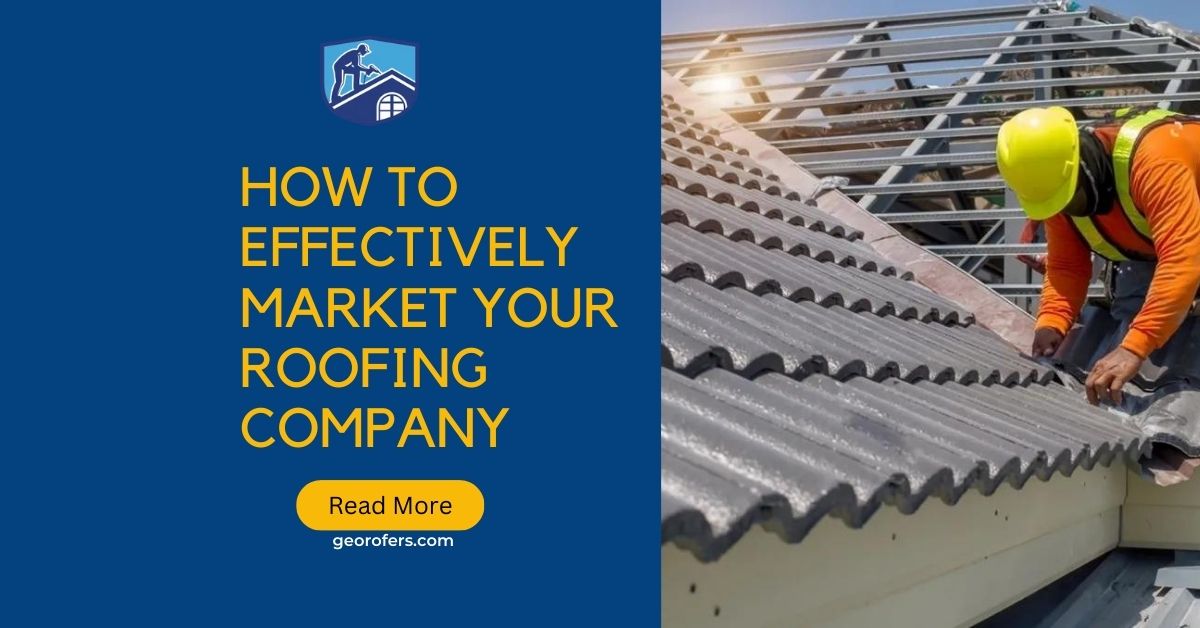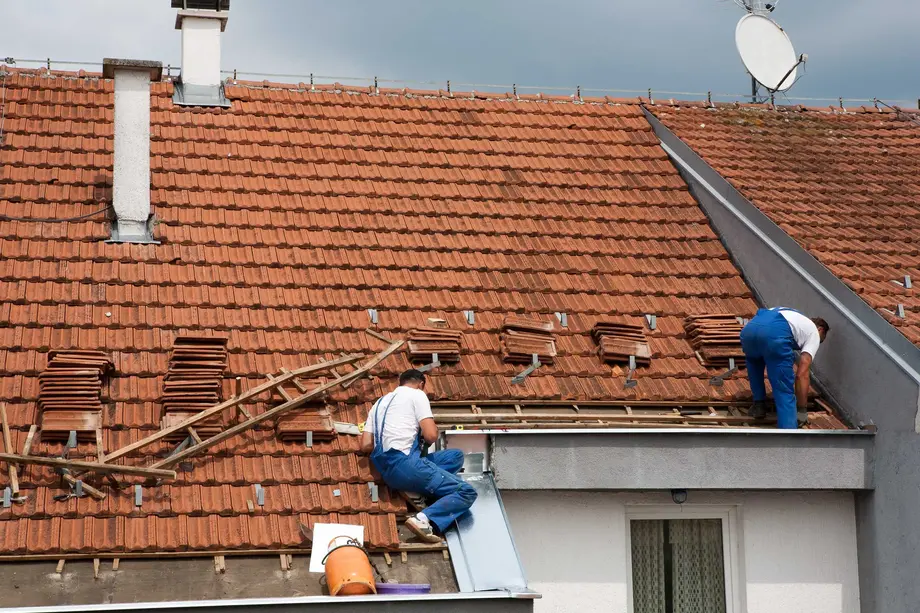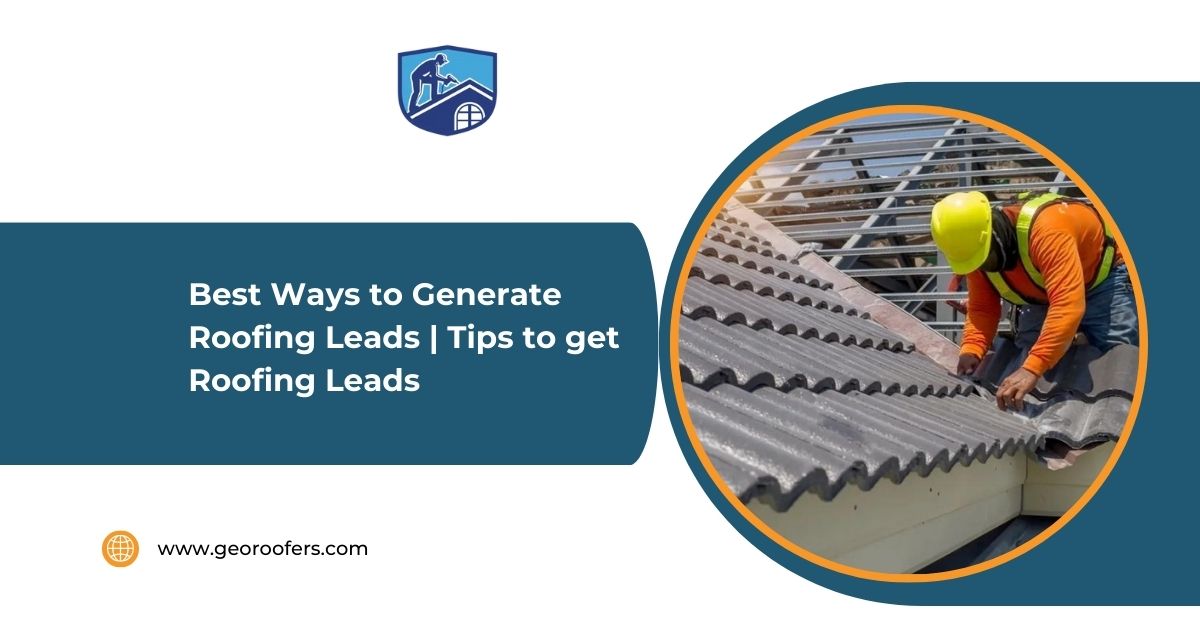
If you’re in the roofing business, you understand the importance of a steady stream of leads to keep your operations thriving. In a competitive industry like roofing, finding effective ways to generate leads is crucial for the growth and success of your Roofing business. In this comprehensive guide, we will explore various strategies and tactics to help you generate roofing leads consistently.
1. Generate Leads with Direct Mail: Is the Traditional Approach Still Effective?
In the digital age, direct mail might seem like an outdated method, but it can still be a powerful tool for generating roofing leads. Sending targeted mailers to specific neighborhoods can capture the attention of homeowners in need of your services. Highlight your expertise, showcase successful projects, and include compelling calls-to-action to encourage responses.
Direct mail allows you to reach a local audience directly, and when done strategically, it can yield impressive results. Consider partnering with a professional design and printing service to create eye-catching materials that leave a lasting impression on recipients.
Read More: How to Market Your Roofing Company
2. Unlocking the Power of Search Engine Optimization (SEO) for Roofing Leads

In the era of digital dominance, your online presence is paramount. When potential customers search for roofing services, you want your business to appear at the top of search engine results. Invest in a robust SEO strategy that includes optimizing your website for relevant keywords like SEO for roofing creating quality content, and earning backlinks from reputable sources.
Ensure that your website is user-friendly and provides valuable information about your roofing services. Implementing local SEO tactics, such as claiming your Google My Business profile and acquiring positive online reviews, can significantly boost your visibility in local searches.
3. Email Marketing: Crafting Compelling Campaigns for Roofing Leads

Email marketing remains a powerful and cost-effective way to nurture leads and convert them into customers. Build and segment your email list, and create targeted campaigns that address the specific needs of your audience. Share success stories, offer exclusive promotions, and provide valuable tips on roofing maintenance to keep your brand top of mind.
Collect email addresses through your website, in-person interactions, or promotional events. Utilize email automation tools to streamline your campaigns and track their performance. A well-executed email marketing strategy can establish your roofing business as a trusted authority and generate consistent leads.
4. Leveraging Google Business Profile: A Game-Changer for Local Visibility

In the digital age, having a strong online presence is non-negotiable. Your Google Business Profile is often the first interaction potential customers have with your roofing business. Optimize your profile with accurate contact information, high-quality images, and detailed descriptions of your services.
Encourage satisfied customers to leave positive reviews, as these can significantly influence prospective clients. A well-optimized Google Business Profile not only enhances your local visibility but also builds trust with potential customers seeking reliable roofing services in their area.
Read More: Roofing Company: 10 Strategies to Generate Good Reviews
5. Diving into Social Media Platforms: Where Roofing Leads Socialize

Social media platforms are not just for personal connections; they can be powerful tools for generating roofing leads. Establish a strong presence on platforms like Facebook, Instagram, and Twitter. Share captivating visuals of your completed projects, engage with your audience through comments and direct messages, and run targeted advertising campaigns to reach potential customers.
Create content that educates and entertains your audience while subtly showcasing your expertise. Social media allows you to build a community around your brand and can be a valuable source of word-of-mouth referrals.
6. Types of Leads in the Roofing Industry: Understanding and Targeting
Not all leads are created equal, and understanding the various types of leads can help you tailor your strategies accordingly. Differentiate between residential and commercial roofing leads, as well as leads for roof repair, replacement, or new installations. Tailor your marketing messages to address the specific needs and pain points of each segment.
Consider exploring exclusive leads or shared leads depending on your business model. Tailoring your approach to the type of leads you are targeting can significantly improve your conversion rates and maximize your return on investment.
7. The Impact of Storm Leads: Seizing Opportunities After Natural Disasters
Natural disasters, such as storms, can create an increased demand for roofing services. While it may feel opportunistic, it’s essential to approach storm leads with empathy and a genuine desire to help those in need. Develop a strategy for quickly responding to storm-related inquiries, and ensure your marketing materials emphasize your reliability and expertise in handling storm-related repairs.
Partnering with local emergency response services and insurance companies can also position your roofing business as a trusted resource during challenging times.
8. Generating Exclusive and High-Quality Leads of Roofing
Quality should always take precedence over quantity when it comes to roofing leads. Focus on generating exclusive roofing leads that have a higher likelihood of converting into paying customers. Implement screening processes to identify leads that align with your target customer profile and are more likely to result in successful projects.
Building a reputation for delivering high-quality services will naturally attract more high-quality leads. Consider showcasing customer testimonials and case studies on your website to instill confidence in potential clients.
9. Optimizing Your Roofing Business Profile: A Crucial Step for Success

Your roofing business profile is a reflection of your brand, and optimizing it can significantly impact your success in generating leads. Ensure that your business information, including contact details and service offerings, is accurate and up-to-date. Use professional images to showcase your previous projects and highlight any certifications or awards your business has received.
Regularly update your profile to reflect changes in your business, such as new services, team members, or accolades. A well-optimized profile not only attracts leads but also demonstrates your commitment to professionalism and excellence.
10. The Future of Roofing Lead Generation: Adapting to Changing Trends
As technology and consumer behavior evolve, so do the strategies for generating roofing leads. Stay ahead of the curve by embracing emerging trends and technologies in the roofing industry. Explore new lead generation channels, such as virtual reality presentations of your projects or chatbots on your website to enhance customer interactions.
Continuously analyze the performance of your lead generation strategies and be willing to adapt to changes in the market. Remaining agile and proactive will position your roofing business as an industry leader in generating leads well into the future.
Read More: How to Add Business in GEO Roofers
Conclusion: Key Takeaways to Generate Leads for Roofing
In the competitive landscape of the roofing industry, effective lead generation is the key to sustained growth and success. To recap, here are the key takeaways to remember:
- Diversify Your Approach: Use a combination of traditional and digital methods, including direct mail, SEO, email marketing, and social media, to reach a broader audience.
- Optimize Your Online Presence: Leverage platforms like Google Business Profile and social media to enhance your online visibility and build trust with potential customers.
- Understand Your Leads: Differentiate between types of leads and tailor your marketing messages to address the specific needs and pain points of each segment.
- Prioritize Quality Over Quantity: Focus on generating exclusive and high-quality leads that have a higher likelihood of converting into successful projects.
- Adapt to Changing Trends: Stay informed about emerging trends and technologies in the roofing industry, and be willing to adapt your lead generation strategies accordingly.
By implementing these strategies and staying proactive in your approach to lead generation, you can position your roofing business for sustained success in a competitive market. Remember, generating roofing leads is not just about quantity but about attracting the right leads that will contribute to the growth and reputation of your business.
